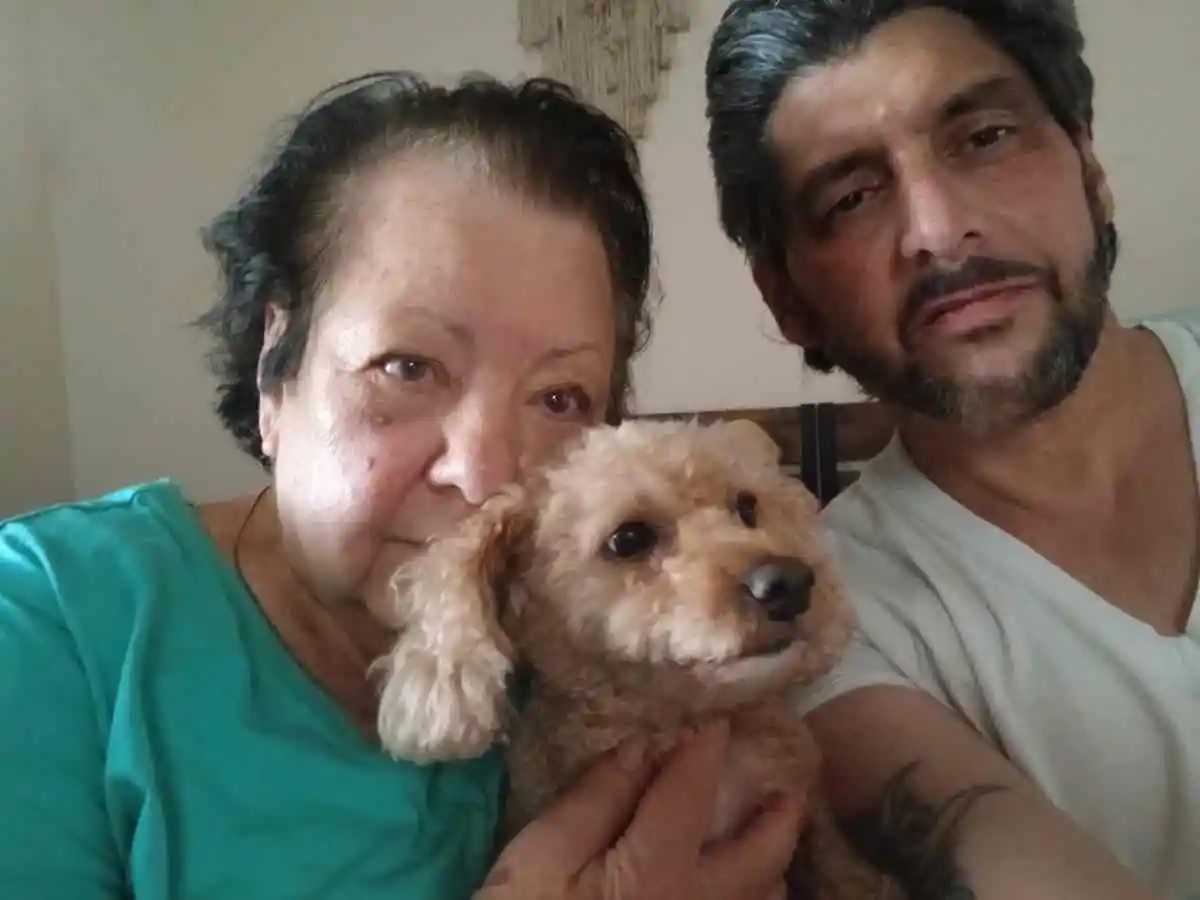City Councilmember Jumaane Williams (D-Flatbush, East Flatbush, Midwood) convened a press conference in East Flatbush Saturday to voice his concerns about several proposed construction projects in the neighborhood.
Joining Williams were Trisha Ocona, Housing Chair of Community Board 17, representatives of NHS Brooklyn, a local nonprofit, whose mission if to help residents find affordable home ownership opportunities, and a crowd of local residents who wanted to speak out.
“I’m happy to say that East Flatbush is now woke,” said Williams. “It’s been a while, and it took a while, but we’re here now, and we’re not gonna just sit idly by as the environment around us changes, and not for the better.”
The conference was held at 1519 New York Avenue, in front of a space that’s slated for development into a five-story building. Said building is just one of the several multi-story buildings slated for construction in the area between Farragut and Glenwood Road, which consists mainly of a one- and two-family homes.

“We are standing in front of an example of the problem of unchecked development,” said Hazel Martinez, Principal at Four-in-One Block Association, as she gestured towards the development in progress. “A single-family home was demolished and replaced with this apartment building. It is generally built close to the property line. So this house next to it, they will no longer have access to their windows on one side of their home.”
Furthermore, some the buildings planned for development – like the aforementioned complex at 1519 New York Avenue – will be several stories high, towering over the one and two-family homes that constitute the majority of the neighborhood.
“If you look around this community, you’ll see one and two-family homes, primarily,” said Williams. “And what you see now, primarily, are… people taking out those homes and putting up these structures. These are one, out of context with the neighborhood, and two, as we bring more people in, we’re not even getting additional resources and additional infrastructure to deal with all of those people.”
The problem, said Williams, is a lack of contextual zoning. By his account, Community Board 17 is the only community board in the area that doesn’t enforce contextual zoning – that is, maximum base heights and building heights for development projects, based on the standard set by the rest of the neighborhood.
But the press conference was more than just an airing of grievances. Some of the speakers used their time to inform attendees what they can do to resist the oncoming gentrification, and avoid being forced out.
“This is designed to give the community an outlet to voice their concerns, but also to let them know about the options they have,” said Williams’ spokesperson Kevin Fagan.
Tonya Ores, Executive Director of NHS Brooklyn, informed attendees about the services provided by her organization to local residents who are risking foreclosure.
“We are asking homeowners who are definitely having financial difficulty to visit NHS so we can come up with a solution,” said Ores. “You may not have to sell; you may not have to be foreclosed on and forced out of your home. There are solutions for you.”
Ocona, meanwhile, taught attendees how to find out what the actual value of their home is, in the event that they do have to sell it.
“There are community organizations like NHS, there’s a community board, there’s a councilman’s office where you can go to and find out what the real value of your home is,” said Ocona. “Don’t just sell it for short.”
But ultimately, said Williams, the solution to East Flatbush’s overdevelopment problem lies with CB 17, and it’s their responsibility to protect existing residents and stem the flow of gentrification.
“On my part, when people come to me with variances, we’re gonna make sure that we demand what we can,” said Williams. “But what’s most important is that the community board gets down to business.”










